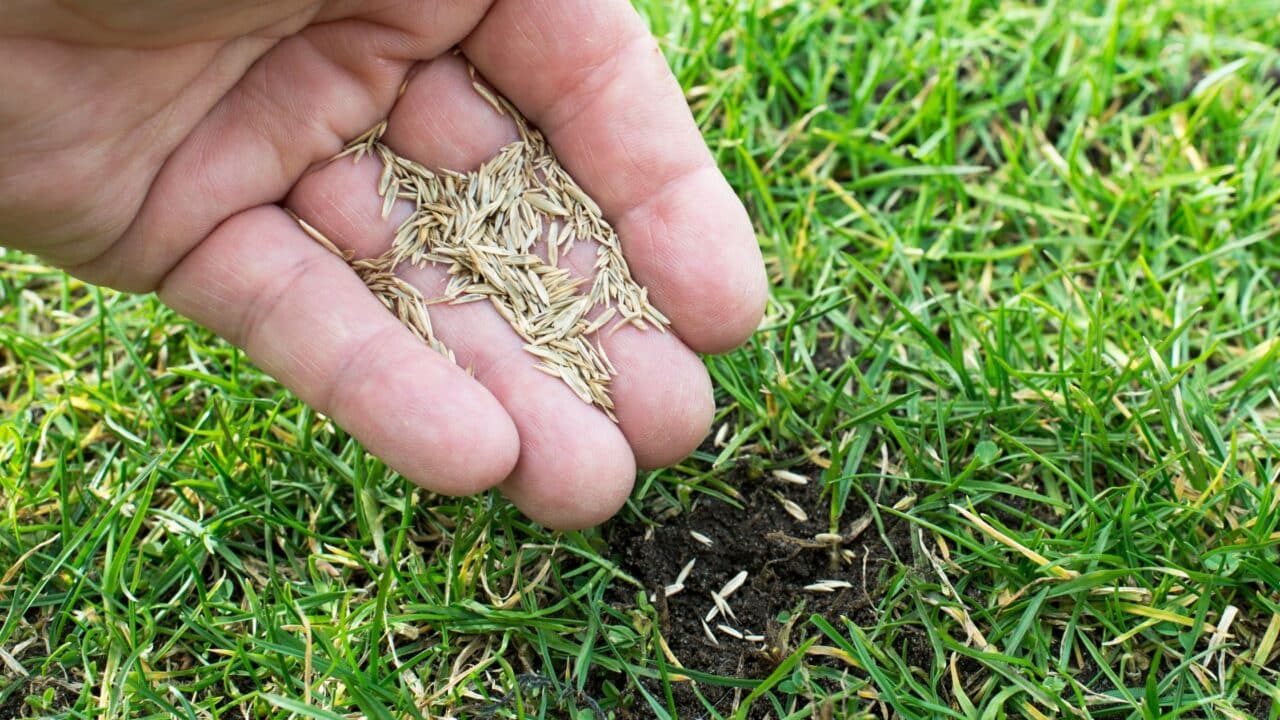June is still a viable time to reseed or patch bare spots, especially in early to mid-month. But act quickly—once summer heat sets in, seed struggles to germinate without daily watering. For best results, use the right seed blend and water consistently.
Is It Too Late to Reseed or Patch Bare Spots in June?
Introduction
Bare spots can make even the healthiest lawn look neglected. If you’re eyeing those patches in early summer and wondering if you’ve missed your window to fix them, you’re not alone.
The truth is: June isn’t too late—but it’s close. Timing, seed choice, and watering technique are all critical to success. In this guide, we’ll break down when and how to patch your lawn in June, so you get thick, green results without wasting time or money.
1. Why June Is a Narrow Window for Reseeding
June sits at the edge of two lawn care seasons:
-
Spring: The best time for cool-season grass to germinate and root.
-
Summer: A challenging time for new seedlings due to heat and evaporation.
That means early to mid-June is your last real chance to reseed in most northern climates before pausing until late August or early fall.
☀️ By late June, soil temperatures rise and rainfall drops, making it harder for seeds to take hold without heavy irrigation.
2. How to Successfully Reseed in June
If you’re going to patch now, follow these tips to improve your chances of success:
Use the Right Seed
-
Choose a quick-germinating seed like perennial ryegrass or a high-quality mix for sun or shade.
-
Avoid warm-season grass unless you live in a southern region.
Prep the Soil
-
Rake out debris and loosen compacted soil with a hard rake or cultivator.
-
If needed, mix in some screened topsoil or compost to improve seed-to-soil contact.
Seed Heavily and Cover Lightly
-
Apply seed thickly over bare areas.
-
Top with a light layer of peat moss or straw to hold in moisture and deter birds.
Water Consistently
-
Water lightly 2–3 times per day until germination.
-
Continue daily watering until grass reaches mowing height (about 3 inches).
💧 Tip: The biggest reason June seeding fails is dry soil. New seed can’t handle heat stress without steady moisture.
3. When to Wait Instead of Seed
If it’s late June and you know you won’t be able to water daily, reseeding may not be worth the effort right now. Instead:
-
Hold off until late August or early September, when cooler temperatures return.
-
In the meantime, apply a light summer fertilizer and focus on mowing high to shade the soil and encourage existing grass growth.
🧪 Not sure? Do a soil test or consult a local pro. Sometimes poor growth is more about soil compaction or nutrient deficiencies than seed quality.
4. What About Patch Products?
Pre-mixed patch kits (seed + mulch + fertilizer) can be helpful in June if:
-
You follow directions carefully.
-
You keep them moist at all times.
-
You don’t expect miracles in heat.
These kits are not magic fixes, but they work in small problem areas when managed well.
FAQ
Q: Is June too hot to plant grass seed?
Early June is usually fine. By late June, it depends on your region and watering ability. If you can’t water daily, wait until fall.
Q: How long will it take for grass seed to germinate in June?
With proper watering and temperatures, 5–10 days for ryegrass and 10–21 days for fescue or bluegrass.
Q: Can I reseed over existing grass?
Yes, if you lightly rake and rough up the soil so seed can contact the surface. Thin areas respond well to overseeding.
Q: What if my patches keep failing?
Check for soil compaction, poor seed-to-soil contact, or insufficient watering. Using the wrong seed blend for your sun/shade mix can also cause issues.
Q: Should I fertilize after patching?
Use a starter fertilizer with low nitrogen and higher phosphorus. Avoid high-nitrogen summer fertilizers on new grass.
Conclusion
It’s not too late—but it’s close. Early to mid-June is your final window to reseed bare spots successfully without the help of irrigation systems. If you’re patching now, be sure to water religiously, choose fast-germinating seed, and protect the area until it fills in.
And if you miss the window? Fall is your next best shot—and often brings even better results.
Need help choosing the right seed or getting the prep work done? Our team is happy to help patch things up and keep your lawn looking lush.

